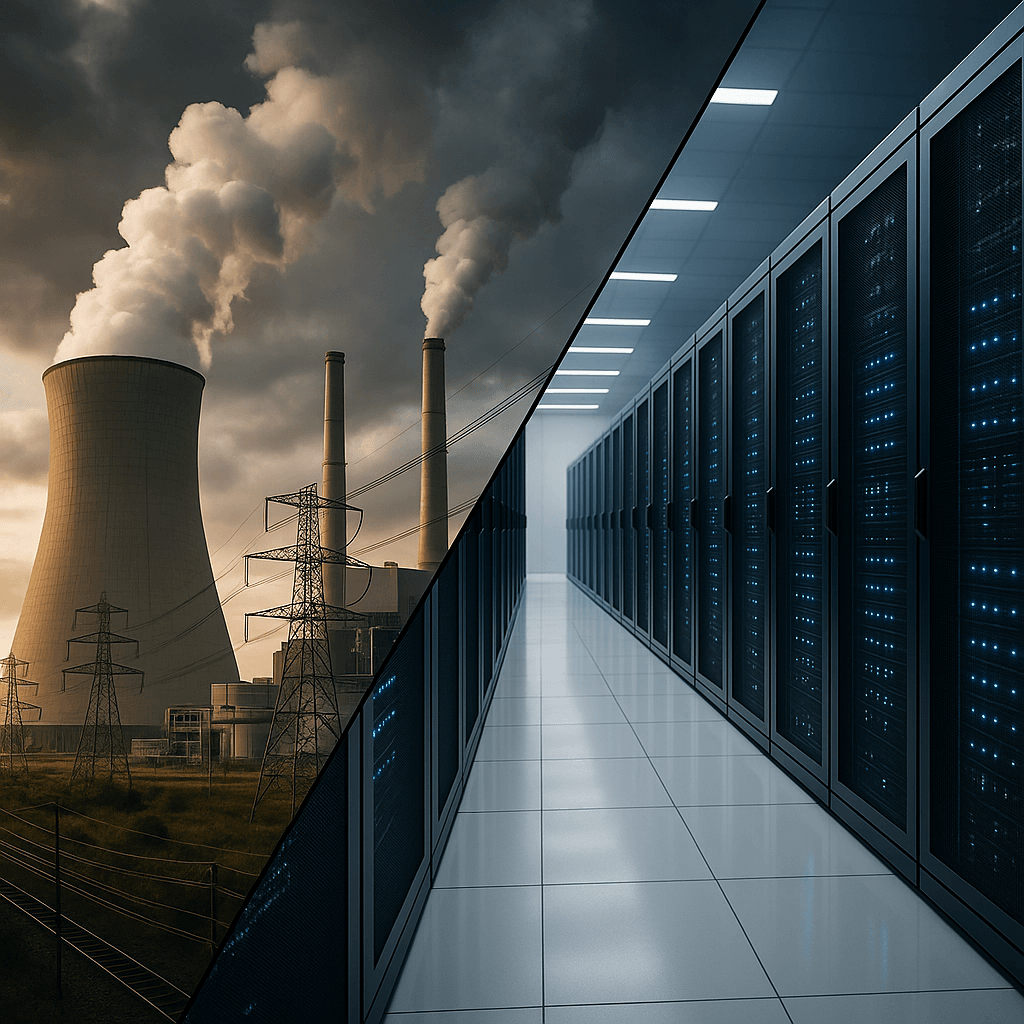Louisiana regulators just approved three massive natural gas power plants to fuel Meta's largest data center project—a $10 billion AI facility that will eventually consume 5 gigawatts of electricity. The decision has sparked fierce opposition from local ratepayers and environmental groups who warn they'll be stuck with the bill long after Meta's 15-year contract expires.
The Louisiana Public Service Commission's approval last night caps months of heated debate over Meta's unprecedented power deal with utility giant Entergy. The three natural gas plants will generate 2.25 gigawatts when they come online in 2028 and 2029—enough electricity to power nearly 2 million homes, all dedicated to feeding Meta's AI training operations in rural Louisiana.
The controversy centers on a fundamental mismatch: Meta's contract with Entergy lasts just 15 years, but natural gas plants typically operate for three decades or more. That leaves Louisiana ratepayers potentially on the hook for billions in stranded costs when the social media giant's deal expires. "We're essentially subsidizing Meta's AI ambitions," one commission member said during yesterday's contentious hearing, according to Louisiana Illuminator reporting.
The timing couldn't be worse for other major Louisiana employers. A coalition of industrial giants including Dow Chemical, Chevron, and ExxonMobil formed specifically to protest what they see as preferential treatment for Meta's renewable energy projects. These companies have struggled for years to secure clean power for their own operations, only to watch Meta fast-track access to 1.5 gigawatts of planned solar capacity across the state.
Meta's Louisiana facility represents the company's most aggressive bet on AI infrastructure yet. The initial 2.25-gigawatt phase will eventually expand to consume 5 gigawatts—making it one of the most power-hungry data centers ever conceived. That massive energy appetite reflects the brutal reality of training next-generation AI models, which require exponentially more computational power than traditional cloud workloads.
